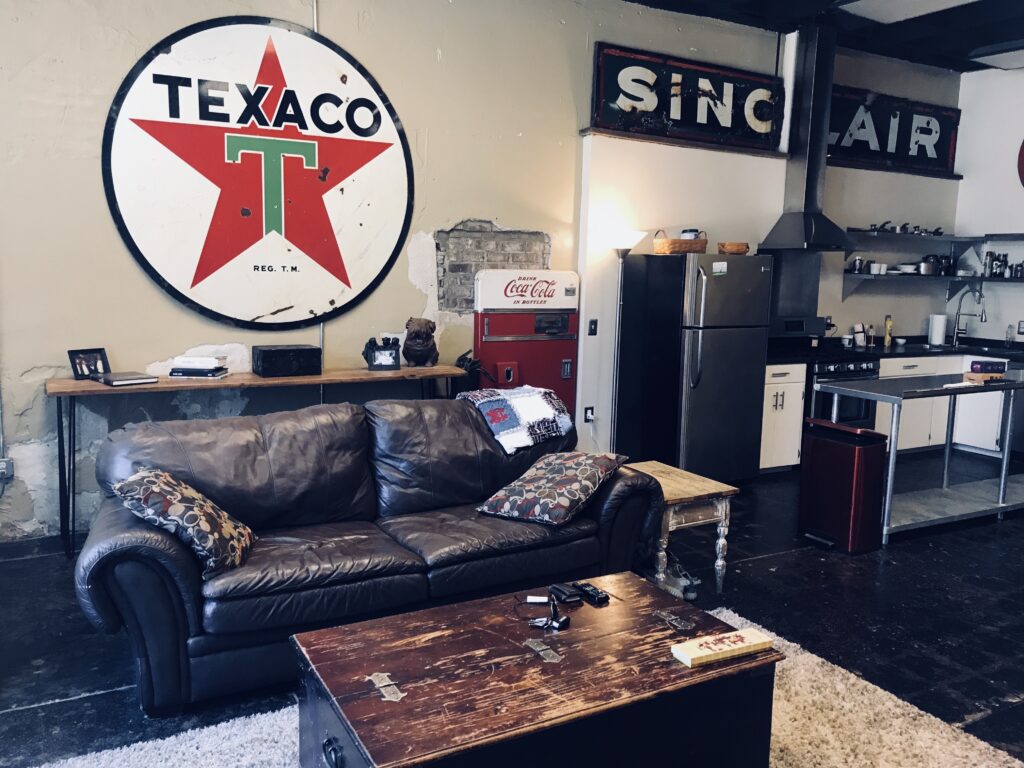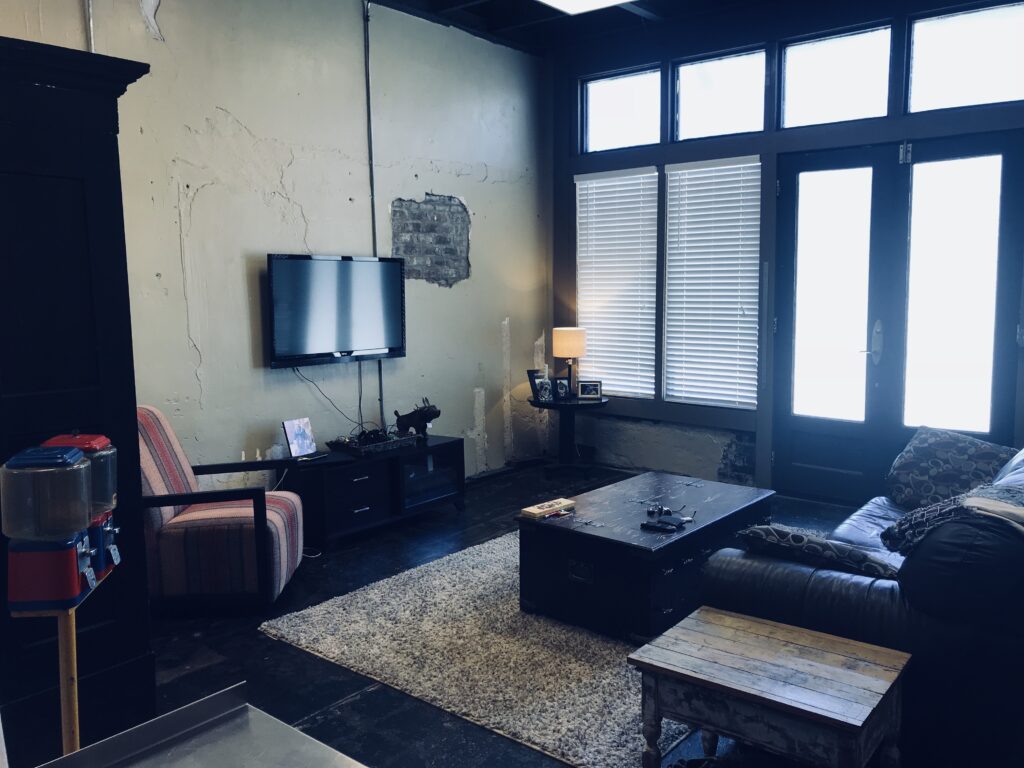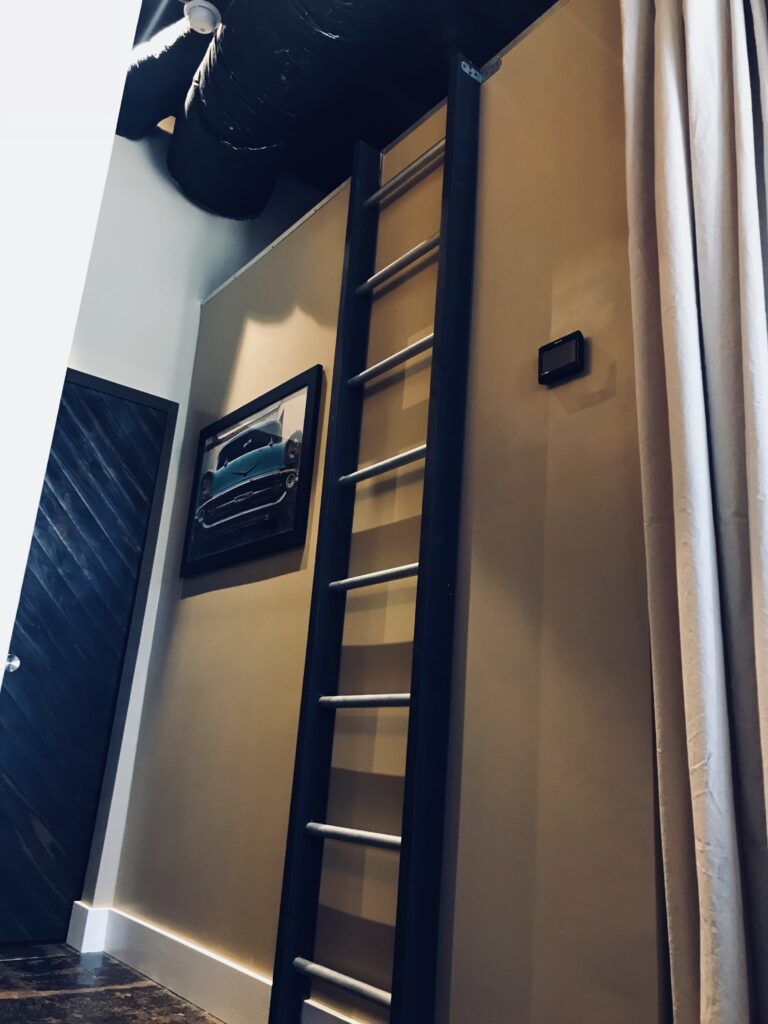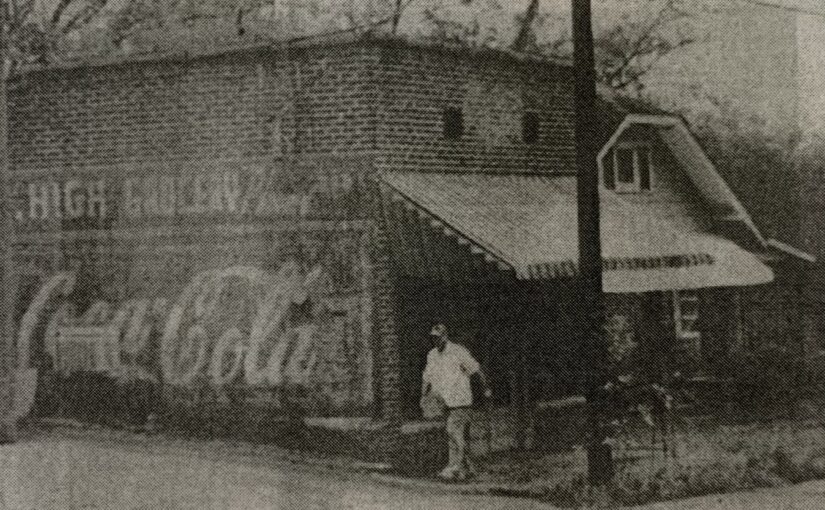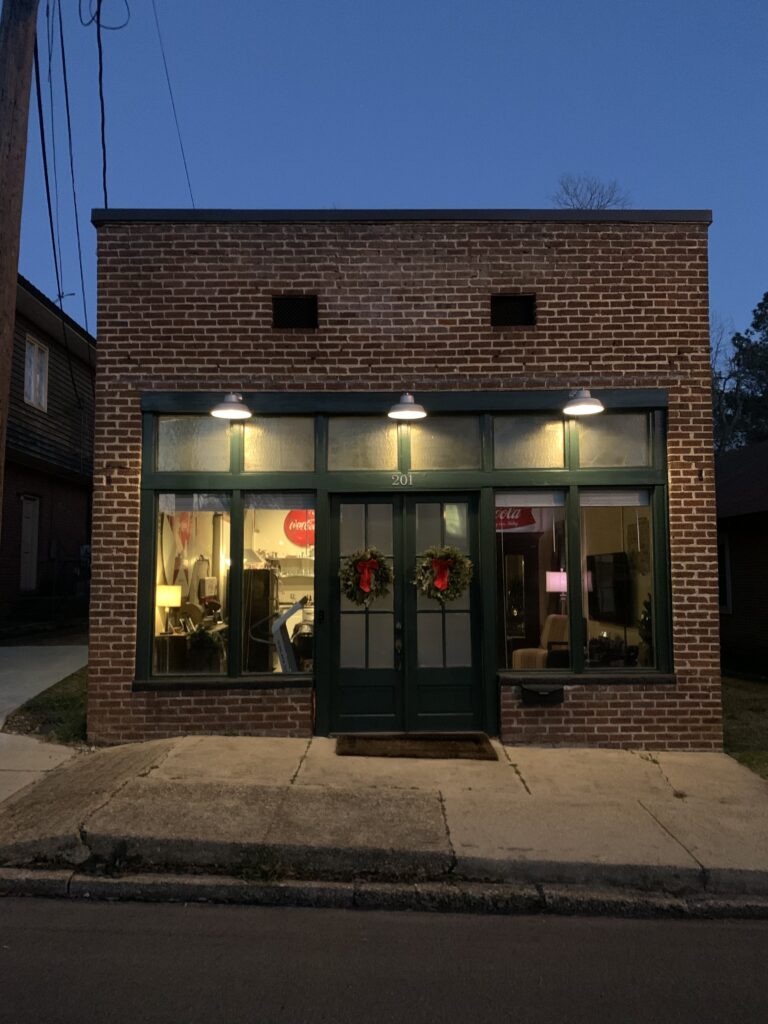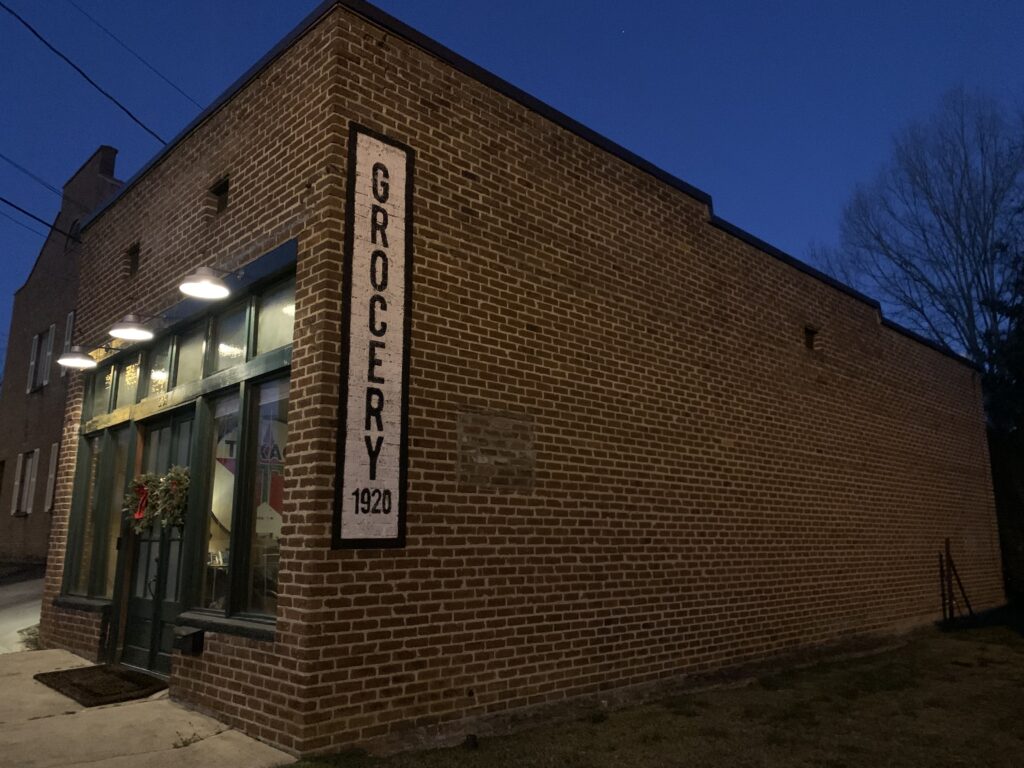101 years ago, this little store (which I’ve deemed the Grocery) sat mostly alone here on the corners of Louisville (old Highway 25) and Greensboro streets. It was a popular spot, where the Livingston family would be sure to greet you on your way into and out of town. There was a hitching post to the right of the store, and a painted sign above the awning. The awning has since been taken down, the sign faded away, but parts of the hitching post still remain.
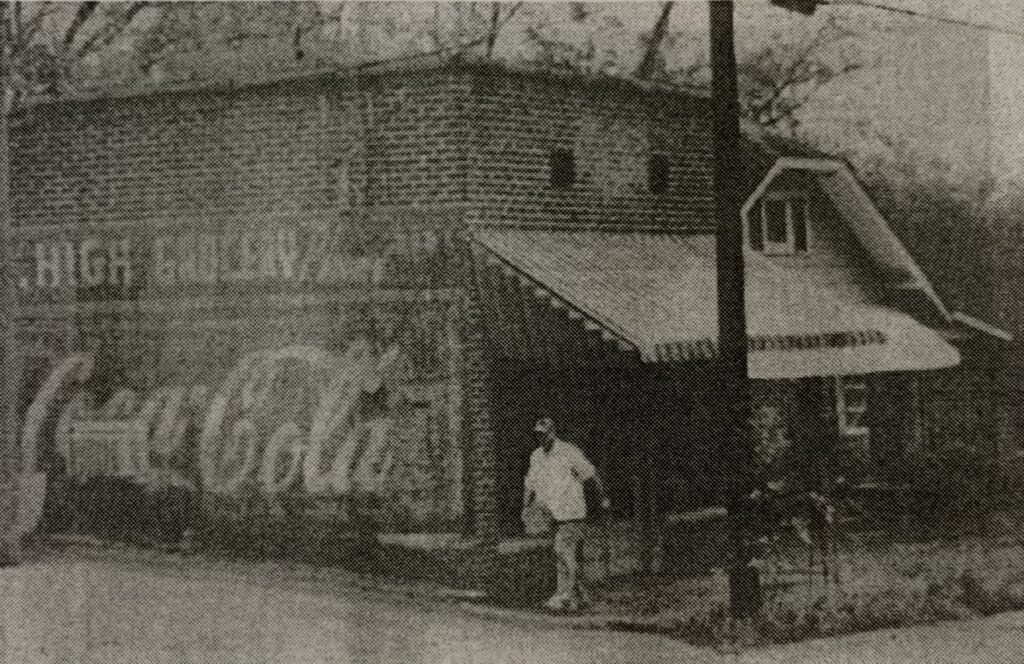
In 1928, Bishop and Bertha Buckley arrived in Starkville by way of Louisville street. Their first stop in the city limits was at the Grocery to wash dust off of their children before going into town. Four years later, the Buckley’s bought the Grocery from the Livingston’s, and it soon became a Starkville staple. See, the old Starkville High School just across the street was erected in the late 1920’s without a cafeteria, which Mrs. Buckley soon capitalized on. She started making hamburgers daily and would combine the burgers with a coke for a dime. Every day at the sound of the lunch bell, hundreds of students would literally race across the street to be first in line for lunch.

At that time, just about four blocks away was the original location of Starkville’s first Coca-Cola bottling plant (now T.E. Lott). It is rumored that because of the proximity, the Grocery was always one of the first to receive fresh bottles of coke almost daily. It also became one of the first buildings in town to receive a Coca-Cola mural – believed to be painted first in the early 1940’s, and then again, with a slightly different design, in 1950 – which is the mural that’s been preserved on the building to this day. In fact, because of age, if you look closely, you can see bits of the original mural underneath.
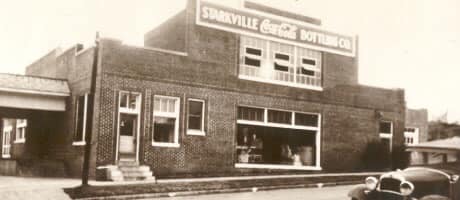
In the mid-1940’s, a cafeteria was finally incorporated into Starkville High School. When the cafeteria was completed, the administration made a rule that students had to stay on campus for lunch. The students got around this by simply designating one student a day to slip out of class and run across the street to pick up lunch for the rest of their classmates. In 1951, Mr. Buckley passed away, and in 1952, Mrs. Buckley closed the Jr. High Grocery after 20 years of being the Hamburger Queen.
For the next few decades, the building was everything from a TV repair shop to a dance studio to a florist. In fact, the florist partially painted over the Coca Cola mural on the left side of the building in the 1970’s. When I first purchased the property, the mural simply said “JR. HIGH GROCERY Phone: ” and the spot that had the number was covered up by the florist’s mural.
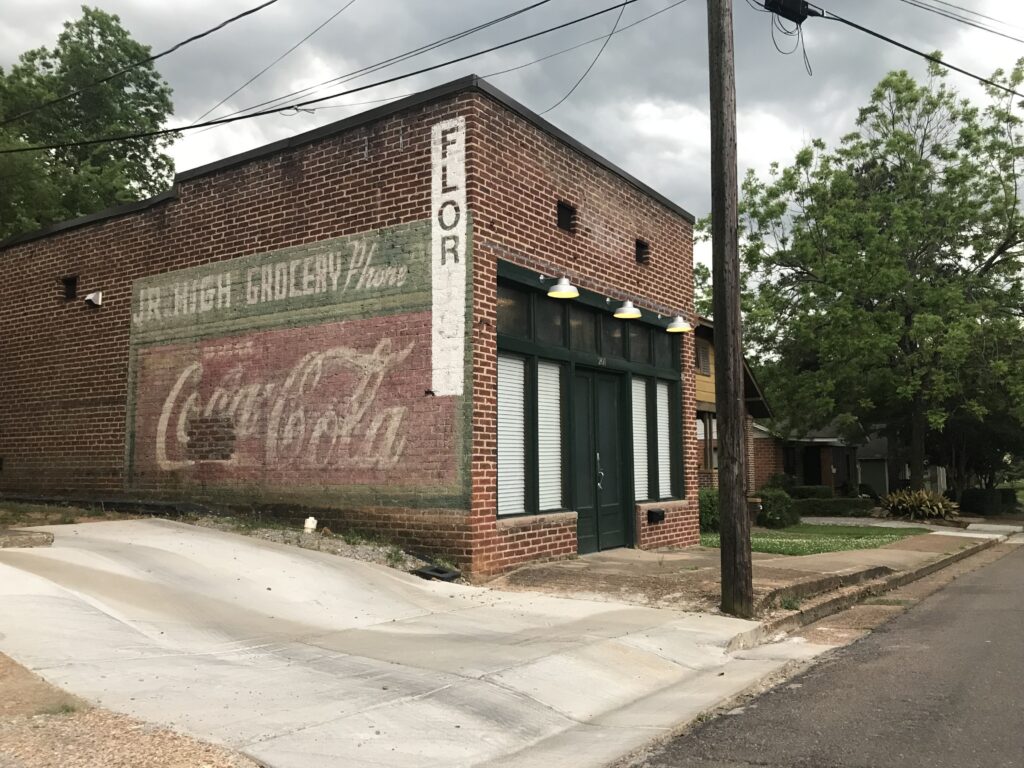
It became a personal mystery of mine to find the original phone number and restore the mural. I made friends with a sweet librarian in the Starkville library, who helped me with days of research until we finally found it – a Southern Bell Telephone and Telegraph book from 1938. It was less than 25 pages total, and one of the first businesses with a phone in town was the Jr. High Grocery. Phone: 495-J.
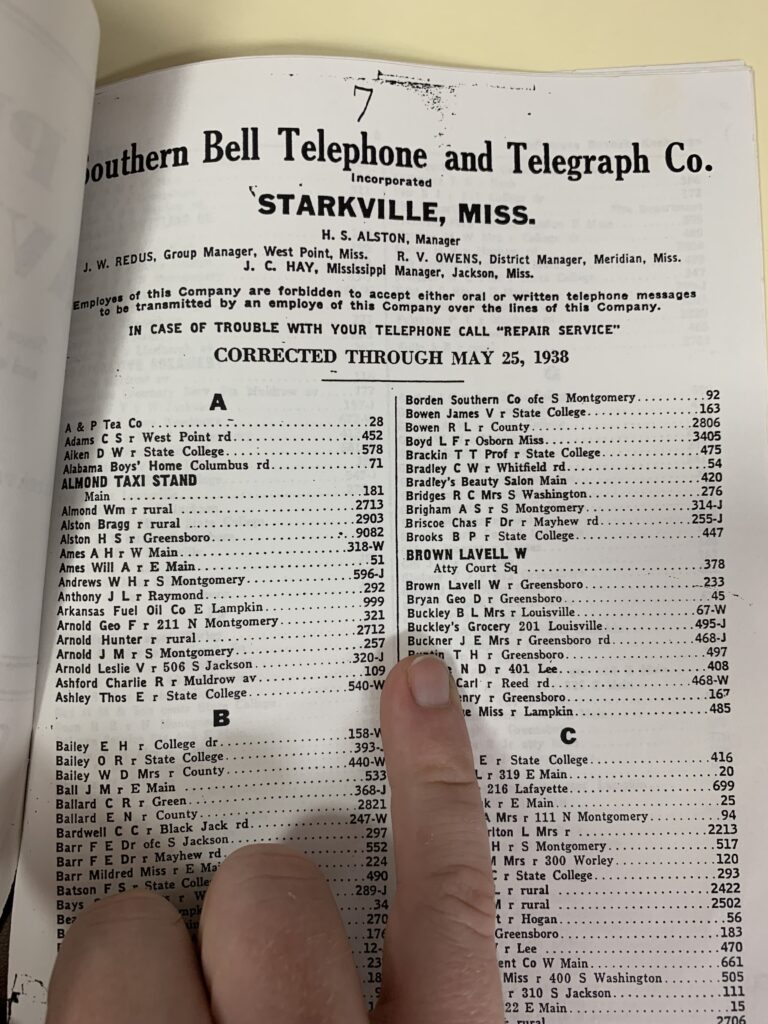
I never really saw myself as a history buff, however, when it intersects with architecture, I immediately become interested. There is a way in which things used to be that we lost somewhere over the years, and although small, it is the reason I keep putting work into this little building. Today, the outside of the building remains identical to the day Mrs. Buckley closed shop in 1952, however, the inside was converted by the previous owner, JW Bruce, into a residence before I purchased the property.
Although hamburgers are not on the menu any longer, a period-correct coke machine does sit in the alley next to the original mural, and just like the Buckley days, kids from Armstrong Middle School swing by every day after class to pick up a coke on their walk home. They’re a little more expensive now – 50 cents instead of five – but I’d like to think that if Mrs. Buckley came by to check on her building, she’d be happy with how things have changed – and how they’ve stayed the same.
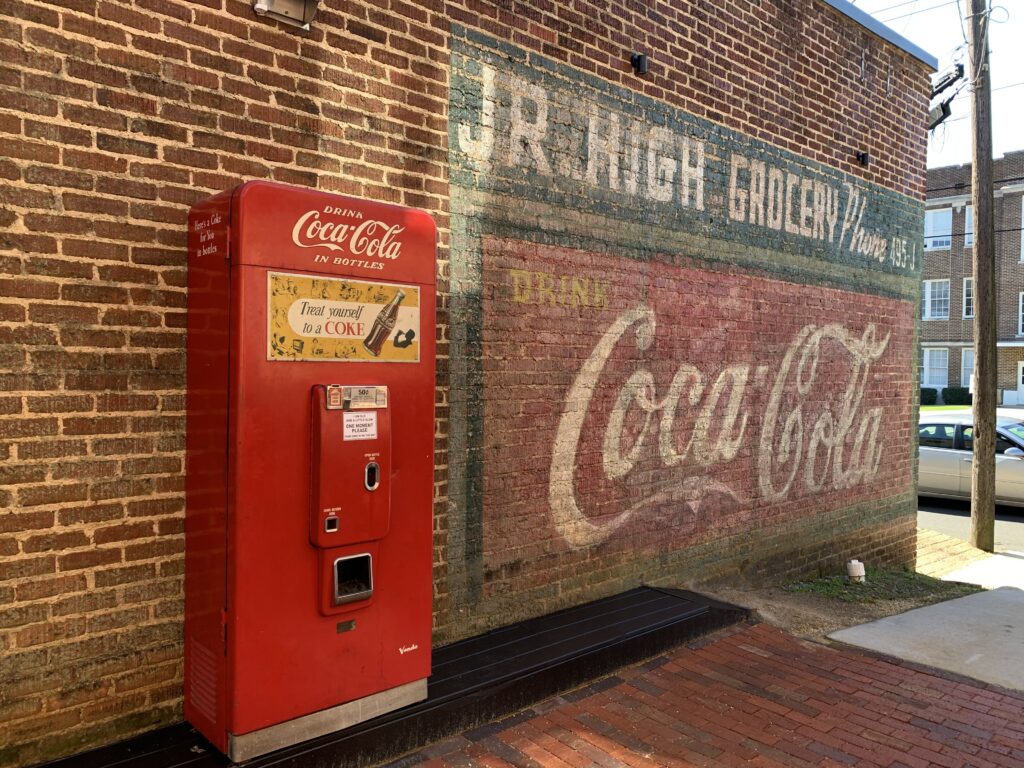

Several of you have asked for pictures of the inside. The building was converted to a residence before I bought the property – but there’s still a good bit that I’d like to do.
